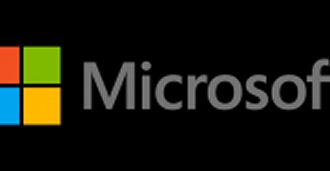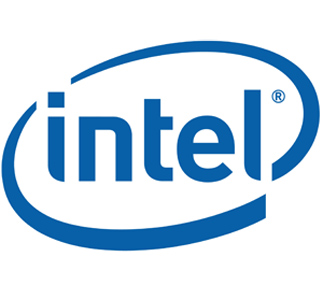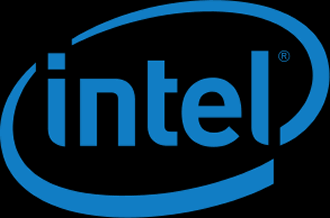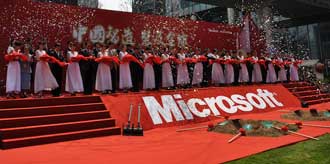 Software giant Microsoft has sued the US taxman as part of a move to find out about a law firm hired by US tax authorities in a review of how the software company books sales between subsidiaries.
Software giant Microsoft has sued the US taxman as part of a move to find out about a law firm hired by US tax authorities in a review of how the software company books sales between subsidiaries.
Vole claims the IRS entered into a contract this year with Quinn Emanuel Urquhart & Sullivan, which specialises in litigation. The agency is paying Quinn Emanuel more than $2 million in connection with its examination of Microsoft tax returns between 2004 and 2009, the court filing said.
Microsoft wanted more information, but the IRS had not fulfilled a Freedom of Information request seeking the complete Quinn Emanuel contract and other documents.
“Government agencies, funded by citizens, have an obligation of transparency under the Freedom of Information Act,” Microsoft said in a statement.
At issue are how multinational corporations value goods and services moving across international borders from one of their units to another. These cash transfers frequently reduce a corporation’s global tax costs.
The IRS has scrutinised technology companies, including Microsoft and Amazon over how they account for such transfer pricing and it appeared to using Quinn Emanuel.
That outfit represented the Federal Housing Finance Agency in high-profile lawsuits against financial institutions, including Goldman Sachs Group over the quality of mortgage-backed securities they sold before the financial crash.
It seems a little odd that Microsoft, instead of being concerned about a potential IRS investigation is going to court to find out who the taxman is hiring as his lawyers.



















